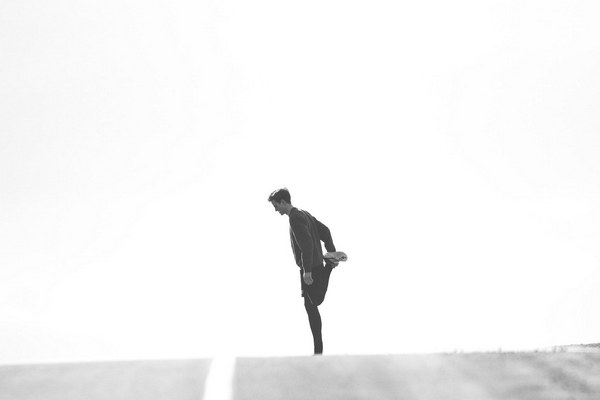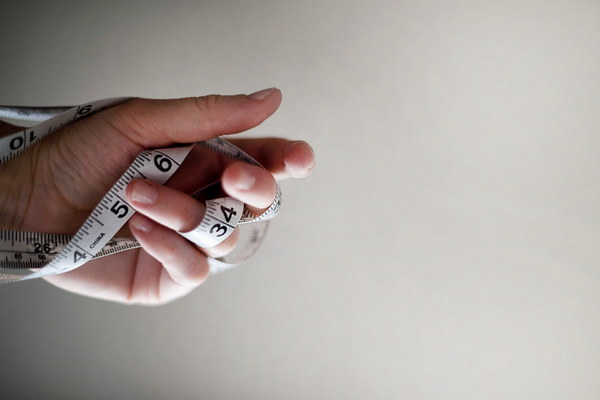Easing Back Pain After Exercise Expert Tips for Recovery
Introduction:
Exercising is a crucial part of maintaining a healthy lifestyle, but it can sometimes lead to discomfort, especially in the form of back pain. Whether you're a seasoned athlete or just starting out, experiencing back pain after a workout can be frustrating. In this article, we will discuss the common causes of back pain after exercise and provide expert tips to help you alleviate and prevent back pain in the future.
Understanding the Causes of Back Pain:
1. Overexertion: Pushing your body too hard during exercise can lead to muscle strain or injury.
2. Poor Form: Incorrect posture or technique during exercise can place unnecessary stress on the back.
3. Improper Equipment: Using inadequate or unsuitable equipment can contribute to discomfort.
4. Weak Core Muscles: A weak core can lead to poor posture and increased strain on the back.
5. Lack of Warm-Up: Not adequately warming up before exercising can result in muscle stiffness and pain.
Expert Tips for Easing Back Pain After Exercise:
1. Rest and Recovery:

- Allow your body time to heal by taking a break from strenuous activities.
- Incorporate rest days into your exercise routine to prevent overuse injuries.
2. Ice Therapy:
- Apply ice to the affected area for 15-20 minutes several times a day to reduce inflammation and numb the pain.
- Use a cold pack or a bag of frozen peas wrapped in a cloth to avoid direct contact with the skin.
3. Stretching and Flexibility:
- Perform gentle stretching exercises to increase flexibility and reduce muscle tension.
- Focus on stretching the muscles in your lower back, glutes, and hamstrings.
- Consult a physical therapist or a fitness professional to create a personalized stretching routine.
4. Strengthening Your Core:
- Engage in exercises that target your core muscles, such as planks, bridges, and Pilates.
- A strong core can help support your spine and reduce the risk of back pain.
- Ensure proper form and gradually increase the intensity of your core workouts.
5. Heat Therapy:
- After the initial 24-48 hours of ice therapy, switch to heat therapy to promote blood flow and relaxation.
- Use a heating pad, a warm towel, or a hot bath to relieve muscle stiffness and pain.
- Avoid applying heat directly to the skin; use a barrier, such as a cloth, between the heat source and your skin.
6. Massage Therapy:
- Consider booking a massage session to relieve muscle tension and improve blood circulation.
- A skilled massage therapist can target the specific areas of your back that are causing pain.
7. Adjust Your Exercise Routine:
- Assess your exercise routine and identify any potential issues with your form, equipment, or intensity.
- Seek guidance from a fitness professional to make necessary adjustments.
- Incorporate a mix of cardiovascular, strength training, and flexibility exercises to promote overall back health.
8. Maintain Good Posture:
- Practice good posture throughout the day, both during exercise and in daily activities.
- Pay attention to your posture while sitting, standing, and lifting heavy objects.
- Use ergonomic equipment and consider posture correction tools, such as a lumbar support pillow.
Conclusion:
Back pain after exercise can be a common concern for many individuals. By understanding the causes of back pain and implementing the expert tips outlined in this article, you can effectively alleviate and prevent back pain. Remember to listen to your body, take appropriate rest and recovery measures, and consult professionals when necessary. With proper care and attention, you can continue to enjoy the benefits of exercise without the discomfort of back pain.









